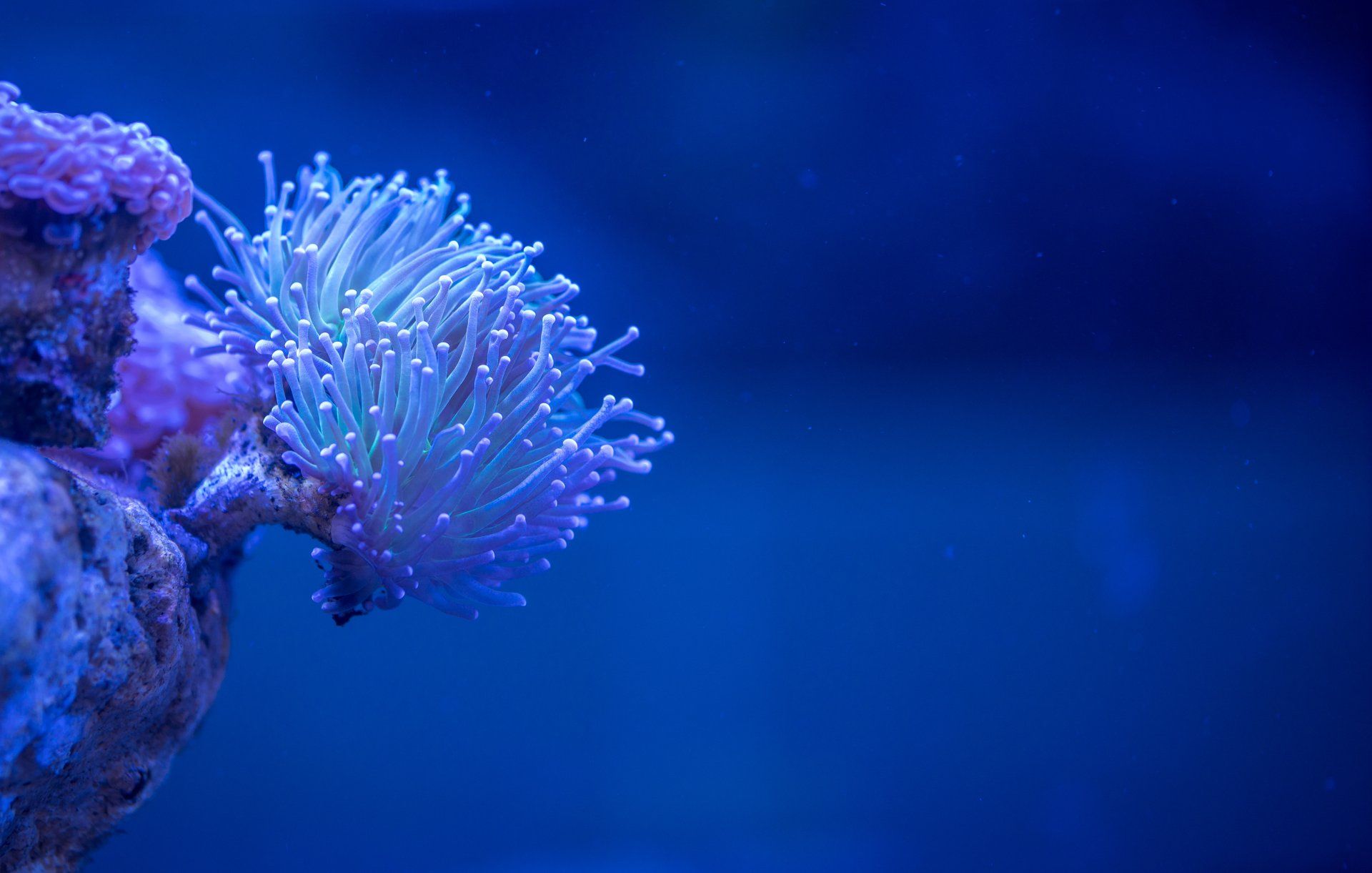Solving Cloudy Water in Aquariums with Purification Technology
How to Solve The Cloudy Water Issue

What Causes Cloudy Water in Aquariums
Cloudy water in aquariums can be caused by a variety of factors, including excess food, waste, and algae. It can also be caused by high levels of nitrogen compounds, such as ammonia and nitrite, which can be toxic to fish and other aquatic life.
How Purification Technology Can Help
One way to solve cloudy water in aquariums is by using purification technology, such as filters and UV sterilizers. These devices work to remove excess waste and toxins from the water, making it clearer and healthier for your aquatic pets.
Types of Filters for Aquariums
There are several types of filters available for aquariums, each with its own benefits and drawbacks. Some common types include mechanical filters, which use mechanical media such as sponges or pads to remove waste and particles from the water; biological filters, which use beneficial bacteria to break down waste and toxins; and chemical filters, which use chemicals such as activated carbon to remove impurities from the water.
Using UV Sterilizers to Kill Algae and Bacteria
UV sterilizers are another useful tool for solving cloudy water in aquariums. These devices use ultraviolet light to kill algae and bacteria, helping to keep the water clean and clear. UV sterilizers are particularly effective at controlling algae blooms, which can cause cloudy water and other problems in aquariums.
Tips for Maintaining Clear Water in Aquariums
In addition to using purification technology, there are a few other things you can do to maintain clear water in your aquarium. Here are some tips:
- Keep up with regular water changes: This helps to remove excess waste and toxins from the water and can help prevent cloudy water.
- Don't overfeed your fish: Excess food can contribute to cloudy water and can also lead to other problems such as high levels of nitrogen compounds.
- Use a water conditioner: Water conditioners help to remove chlorine and other impurities from tap water, which can help prevent cloudy water.
- Regularly clean your filters: Filters need to be cleaned regularly to maintain their effectiveness. Make sure to follow the manufacturer's instructions for cleaning your filter.
Overall, purification technology is a valuable tool for solving cloudy water in aquariums. By using filters and UV sterilizers, you can help keep your aquatic pets healthy and your water clear and clean. By following a few simple tips, you can help prevent cloudy water from becoming a problem in the first place.




